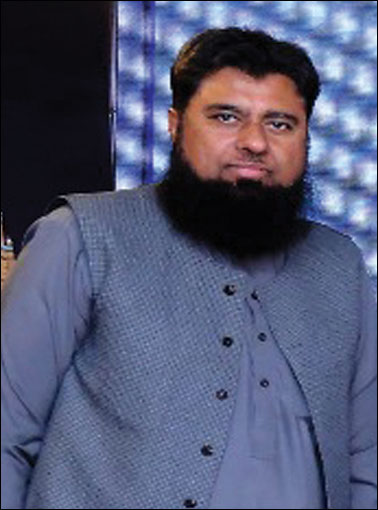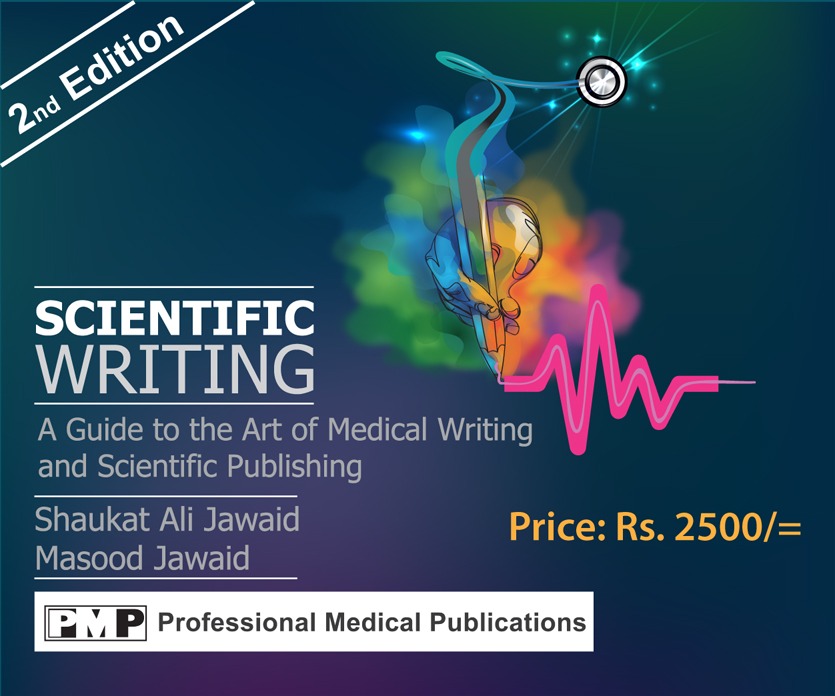It needs a multidisciplinary team, cardiologists, neurologist,
radiologists and neurosurgeons should be part of the team
PHL 27th Annual Conference at Multan
MULTAN: CPE Institute of Cardiology is planning to start stroke intervention programme soon. This was stated by Prof. Tariq Abbas while speaking in the joint session of Cardiology and Neurology held on September 28th 2024 during the 27th Annual Conference of Pakistan Hypertension League held here recently. The session had speakers and chairpersons from CPE Institute of Cardiology, BVH Hospital Quaid-e-Azam Medical College Besides Combined Military Hospital Multan.

Prof. Tariq Abbas
Prof. Tariq Abbas further stated that we wish to train a team and have sent our staff to Rawalpindi Institute of Cardiology who have visited that institution three times to learn medical thrombolysis techniques. All those interested have to work as Residents in the neurovascular field so that they can do thrombectomy. Our Cath lab is working twenty-four hours and we do about twenty cases of primary angioplasty every day. He emphasized the importance of reducing the balloon time. Once all the preparations are completed we will start the stroke intervention programme, Prof.Tariq Abbas remarked.
Participating in the discussion Prof.Bilal Mohyuddin remarked that one in six cases are hemorrhagic stroke hence it is extremely important that you have the support of surgical team. All Cardiovascular centers must have a surgical team. It needs a team work. Stroke intervention requires a multidisciplinary team hence neurologists, cardiologists have to work together. Prof.Tariq Abbas stated that they are trying to have more collaboration. Post of Neurologist is there at BVH Hospital. Neurologist should be a part of the stroke intervention team.
One of the neurosurgeons pointed out that we come at the end, try to resolve the clot don’t push it too much, call us earlier, when approached in time, we have saved many lives. Cardiologists, Neurologists, Radiologists and Neurosurgeons a
re part of the stroke intervention team. Stoke burden it too much, hence let us join hands and work together. It was also pointed out that there is lack of awareness among public hence they try to hide the disease. During early stage of symptoms, they say they are tired, go to sleep and when they wake up they realize the damage. We need to spread the message so that people can identify early symptoms of stroke. Like heart attack, they must know that it is brain attack. Since they do not know and don’t realize it, the patients come too late with major disability like weakness of arm, leg, speech difficulty. Quick reduction of blood pressure, it was emphasized is not good which should be avoided.
Earlier Dr. Salman Abdul Qayyum consultant neurologist made a presentation on “Ischemic Stroke: Why not to treat hypertension in acute stroke initially? In case of high blood pressure home treatment, he stdated, is not useful, patients should be referred to the nearest emergency. Dr. Salman Farid from Mukhtar Sheikh Hospital discussed IV thrombolysis pathways in ischemic stroke during Hyper Acute Ischemic stroke. He suggested that in case of weakness in arm, face, the patient should be immediately referred to the hospital. All efforts should be made to reduce door to needle time.
During the discussion it was stated that in the past tPA was not available but now it is available at all major centers, forty-three institutions now provide this facility. Many private hospitals also provide this facility. Healthcare professionals were advised to encourage to refer the patients timely.
Dr. Naila described their experience with acute stroke imaging at Rawalpindi Institute of Cardiology. We did the first case on April13th 2018 and so far we have done fifteen thousand imaging studies in stroke. First we confirm that there is no bleed and then put the patients on antiplatelet therapy, she added. Dr. Sana Ghaus discussed clinical experience in transforming stroke care at Sukkur Institute of Cardiovascular Diseases. Ours, he said, was the only center in the interior of Sindh offering this facility for the time being. We have so far managed fourteen cases, seven males and seven females of which seven had thrombectomy while seven had tPA. Ten of these patients had significant functional improvement. He pointed out that post procedure care is extremely important, physiotherapy should be started from Day-One. Now we have forty-four patients registered at our center and facilities of mechanical thrombectomy and tPA both are available, he remarked.



